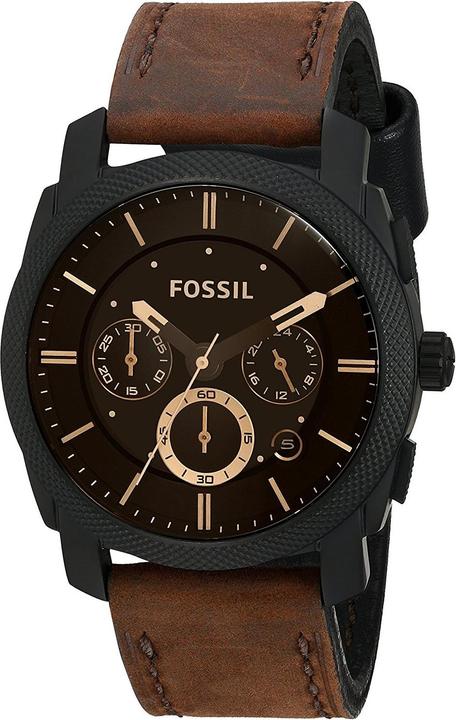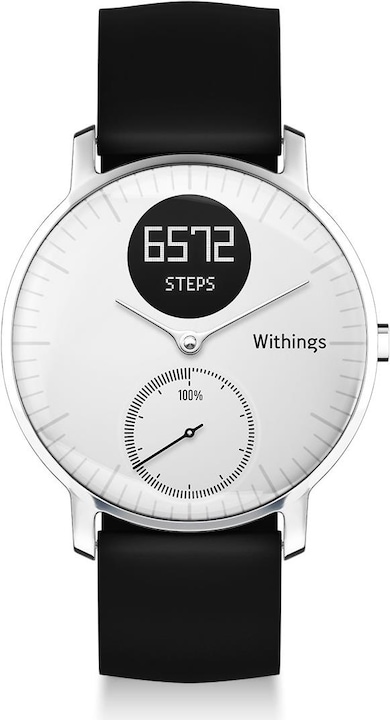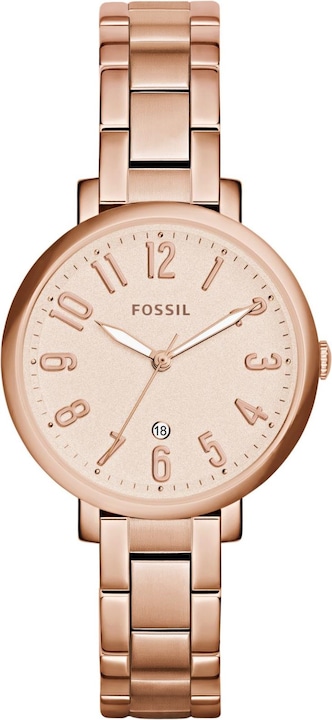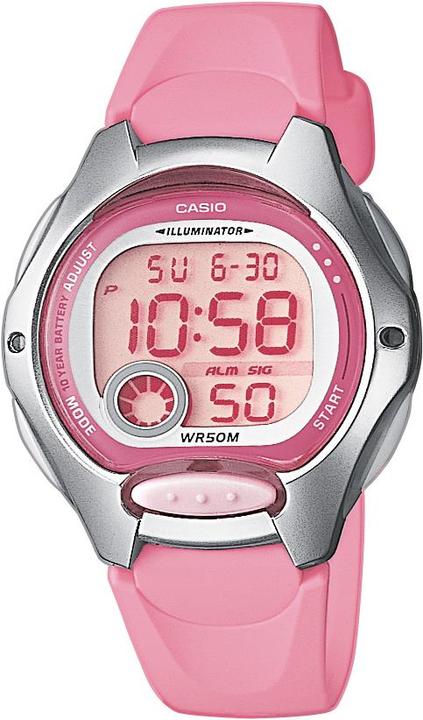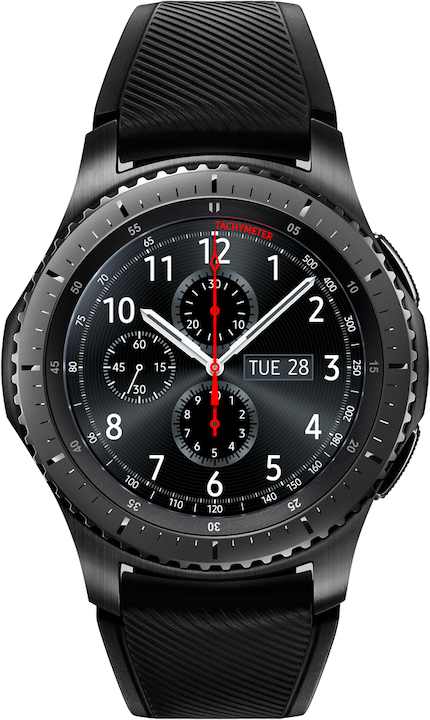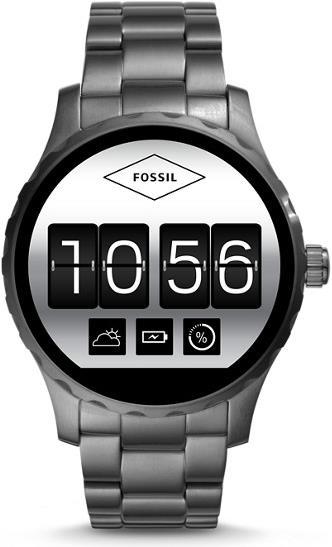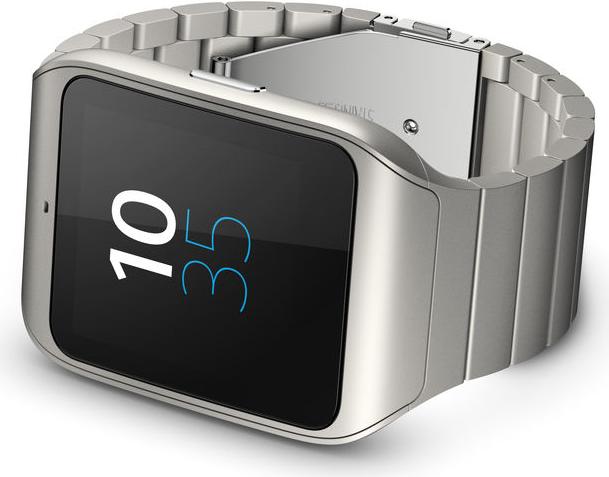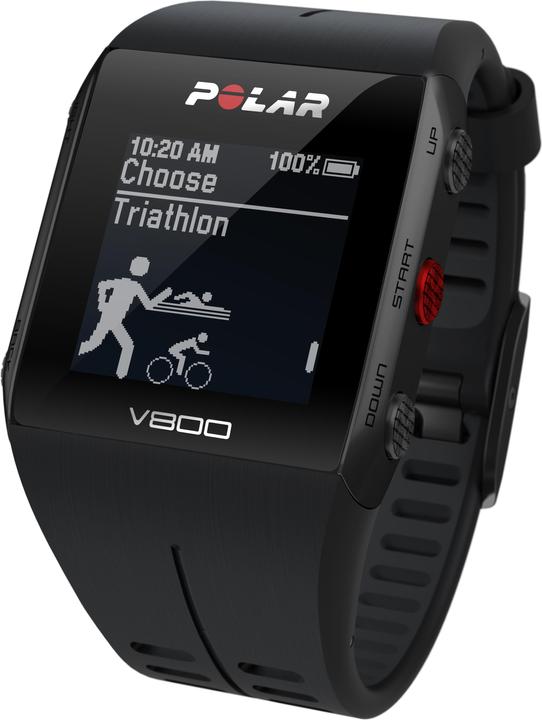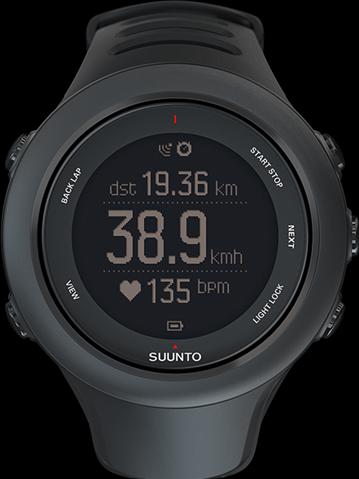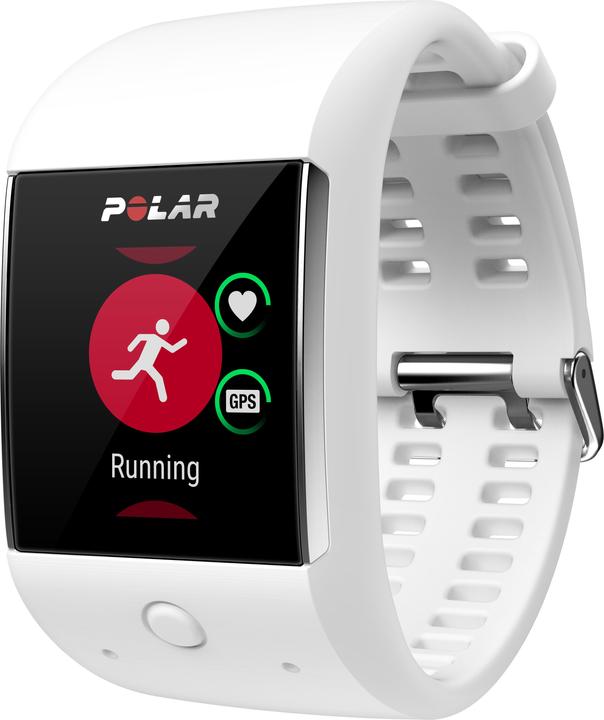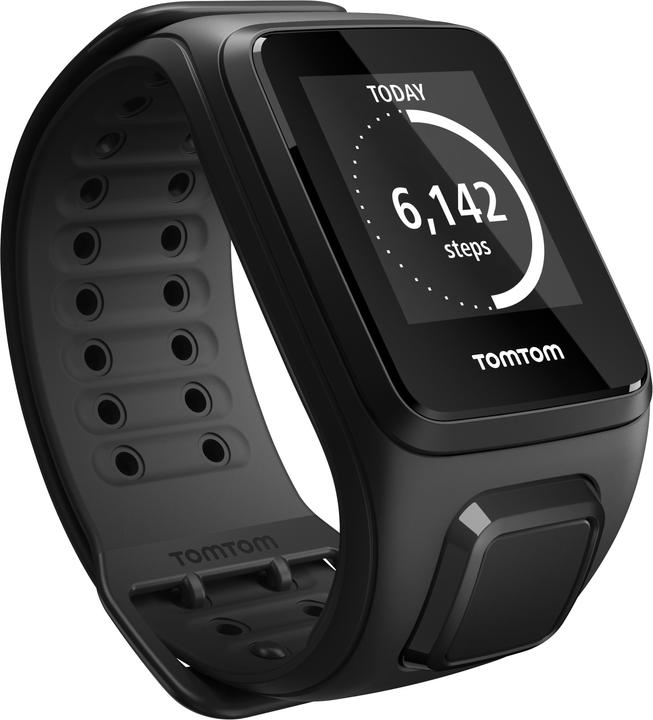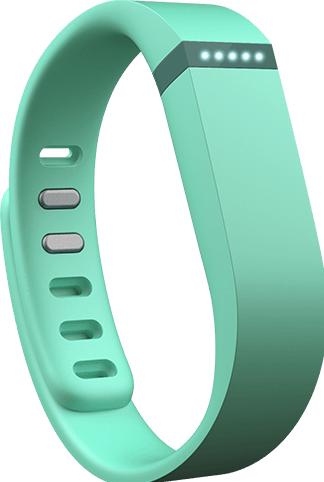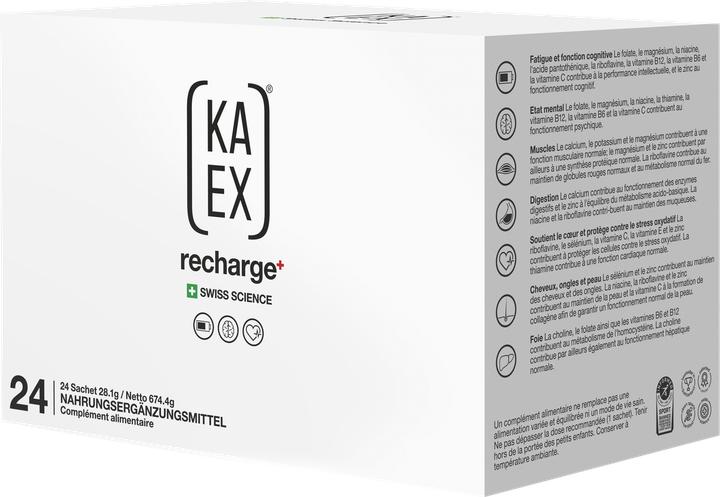
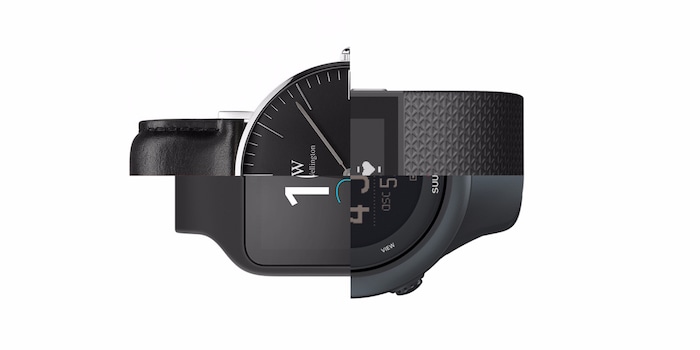
Watch is not the same as watch - A guide for empty wrists
Watches now show the time, measure the pulse, humidity and all sorts of other things. The days when the smart piece on your wrist was only supposed to tell the time seem to be over. Or are they? We take a look into the watch jungle and ask the experts.
I rarely wear a watch. Mostly when I'm also wearing a suit and shirt. At Digitec Galaxus AG, however, we have over 2,800 watches on sale and it's difficult to keep track of them all. In general, even outside of Digitec Galaxus, it's difficult to have an overview. But as I have to have this overview from a purely professional point of view, I made enquiries.
In essence, we can roughly divide watches into four categories.
So. done.
Or not. Because recently, classic watches have become smart and health trackers have GPS capabilities. More research is undoubtedly needed. So let me ask our product and marketing managers how they define their offering.
Classic watches - Julia Dürr
"Expensive or inexpensive, the wearer makes a statement with their watch," says the 29-year-old. A sportsman can communicate his sportiness with a G-Shock watch, a well-heeled lady can emphasise her luxury lifestyle in such a conscious and subtle way and minimalists are obviously interested in knowing the time and not making a statement. "Although an understatement also says a lot," says Julia Dürr.
Smartwatches - Domenico Melina
More than the workmanship, he likes the fact that his smartwatch frees him from his mobile. "I no longer have to look at my smartphone a thousand times to see if I've received a message," says the Product Manager. He also no longer experiences phantom vibrations since switching to the smartwatch.
Sports watches - Louis Schwendimann
"The boundaries between fitness tracker, smartwatch and sports watch are becoming increasingly blurred," says Louis Schwendimann. Smartwatches integrate many features, but sports watches still have a decisive advantage. Louis Schwendimann: "If you take your sport seriously, you also have to take your equipment seriously."
Health Tracker - Theresa Schieder-Moradi
"Health trackers are a gadget and not a tool for ambitious athletes," says Theresa, a tennis player herself. The trackers are designed for everyday use, for the curious and amateur athletes. Because they are fun and offer insights into your inner life.
You might also be interested in this
Journalist. Author. Hacker. A storyteller searching for boundaries, secrets and taboos – putting the world to paper. Not because I can but because I can’t not.
Interesting facts about products, behind-the-scenes looks at manufacturers and deep-dives on interesting people.
Show all
